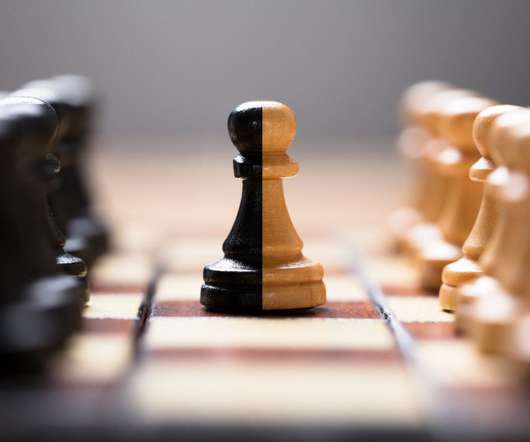Do You Know What Your Company’s Data Is Worth?
Harvard Business Review
SEPTEMBER 16, 2016
For example, at the end of its 2015 fiscal year, Apple’s balance sheet stated tangible assets of $290 billion as a contribution to its annual revenues, with approximately $141 billion worth of intangible assets — a combination of intellectual capital, brand equity, and (investor and consumer) goodwill.

















Let's personalize your content